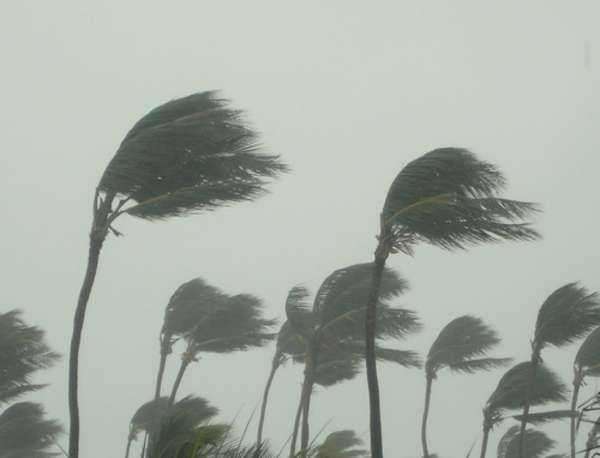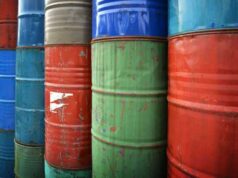
Effects of Air Pollution on Super Storms
Air pollution has been linked to a wide range of health problems, including respiratory illness, heart disease, and cancer. However, recent research suggests that air pollution may also be contributing to the intensity and frequency of super storms. Super storms are storms that are more intense and destructive than normal weather patterns. This article explores the effects of air pollution on super storms and the potential implications for our planet.
The Link Between Air Pollution and Super Storms
Super storms, such as hurricanes and typhoons, derive their energy from warm ocean waters. As ocean temperatures rise, so too does the potential for super storms. However, recent studies suggest that air pollution may also be contributing to super storm intensity. Air pollution can lead to the formation of more intense thunderstorms and hurricanes, which can in turn contribute to the development of super storms.
The Role of Aerosols
Aerosols, or small particles suspended in the air, have been identified as a key contributor to super storm intensity. Aerosols can help to fuel the development of thunderstorms by providing a surface for water vapor to condense around. This condensation process releases heat, which can contribute to the formation of more intense thunderstorms. When aerosols are present in the atmosphere, they can also help to increase the size and strength of hurricanes, leading to more destructive storms.
The Implications for Our Planet
The potential implications of air pollution on super storms are significant. As global temperatures continue to rise and air pollution levels increase, we may see a corresponding increase in the intensity and frequency of super storms. This could have devastating consequences for communities around the world, particularly those in coastal regions.
In addition to the physical damage caused by super storms, these events can also have a significant impact on the economy and the environment. The damage caused by super storms can lead to significant losses in property, infrastructure, and natural habitats. Furthermore, the aftermath of super storms can contribute to an increase in air pollution, as debris and other waste are burned or incinerated.
Conclusion
The effects of air pollution on super storms are a reminder of the interconnectedness of our planet’s systems. As we continue to rely on fossil fuels and other polluting sources of energy, we run the risk of exacerbating super storms and other natural disasters. However, by investing in renewable energy and other sustainable practices, we can help to reduce our impact on the environment and mitigate the potential consequences of super storms.
Air pollution is rarely thought of as being good for human beings, but new research shows that even smog clouds may have a silver lining. According to a study published in the journal Nature Geoscience, hurricanes and other major tropical storm systems may be suppressed to some degree by human-generated air pollution.
With climatologists increasingly concerned about the frequency of hurricanes—especially Atlantic “superstorms” like last year’s Hurricane Sandy—the paper may shed some light on why tropical storms in the last decade have been so frequent and so devastating.
Researchers from the UK’s meteorological service used a new type of computer modeling to understand the effects of airborne pollutants on storm systems. While older computer models were only capable of keeping track of a few variables, like temperature and wind, the newer model also incorporates aerosol particles of several types. Because this type of modeling is relatively new, the results of the study remain open to interpretation and may require revision as the model is strengthened over time.
One of the most influential of these aerosol particles is sulfur dioxide, which is commonly released when fossil fuels are burned. When sulfur dioxide is absorbed into clouds, it changes the way that those clouds form and even changes the rain into acid rain, which can damage buildings and infrastructure.
According to researchers, sulfur dioxide also influences how much sunlight can be reflected from clouds, which in turn affects how much solar energy is put into storm systems overall. The more energy that a storm system has, the more strong it will be and the more likely it is to have significant damaging effects on coastal regions.
Researchers, who have studied the changes in hurricane patterns from 1860 to today, now believe that storm cycles may have been kept artificially suppressed in the early to mid-20th century. As laws went into effect in the late 20th century to prevent air pollution and reduce the levels of sulfur dioxide in the atmosphere, these levels declined, leading to a significant increase in both the number and intensity of tropical cyclones.
If these researchers are correct, the current level of Atlantic hurricanes may actually be much closer to the natural level of hurricanes expected, rather than being historically anomalous. This may also indicate that even if global warming levels off or even begins to be reversed, the temperature changes may not have as much of an impact on tropical cyclone formation as airborne pollutants.






















